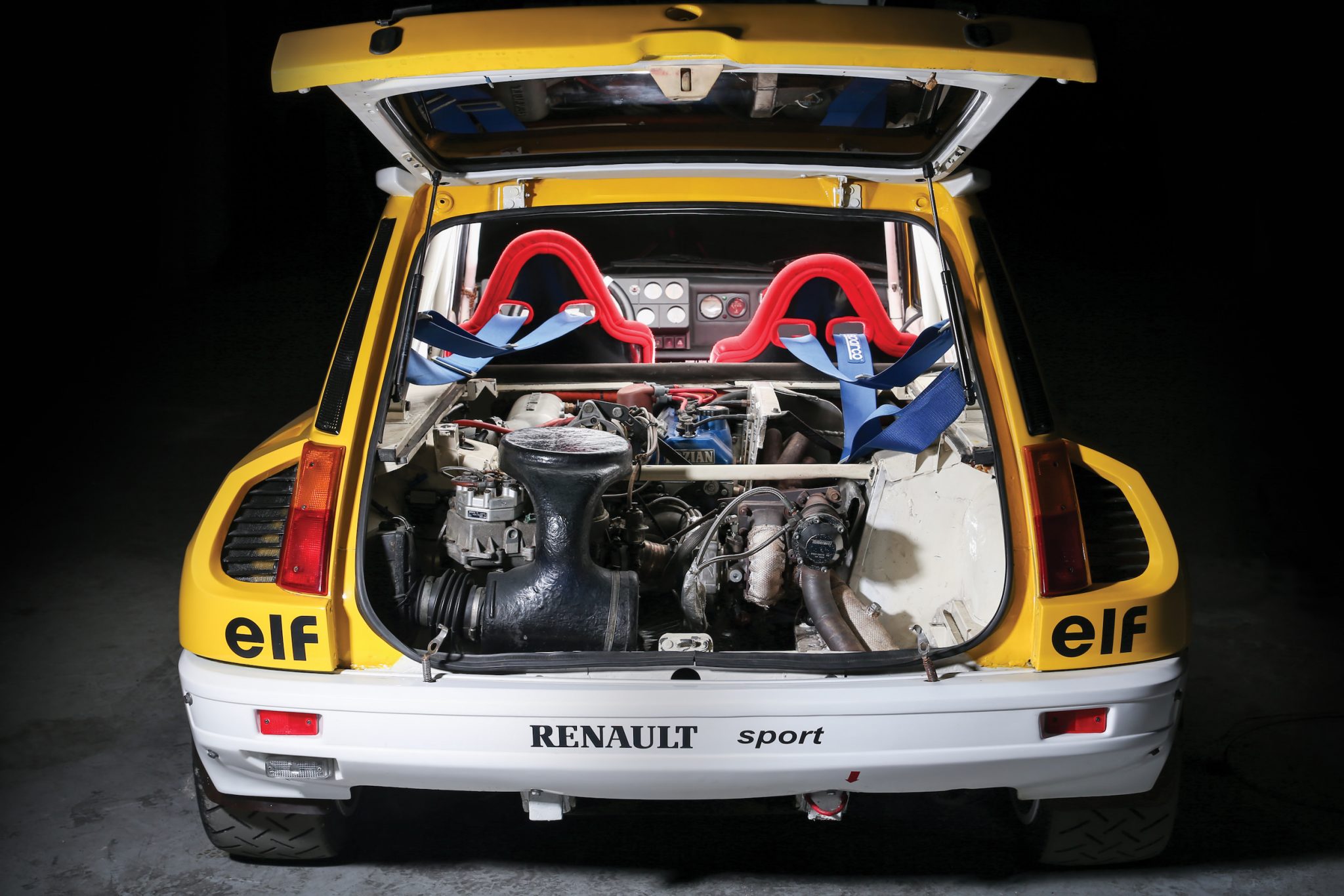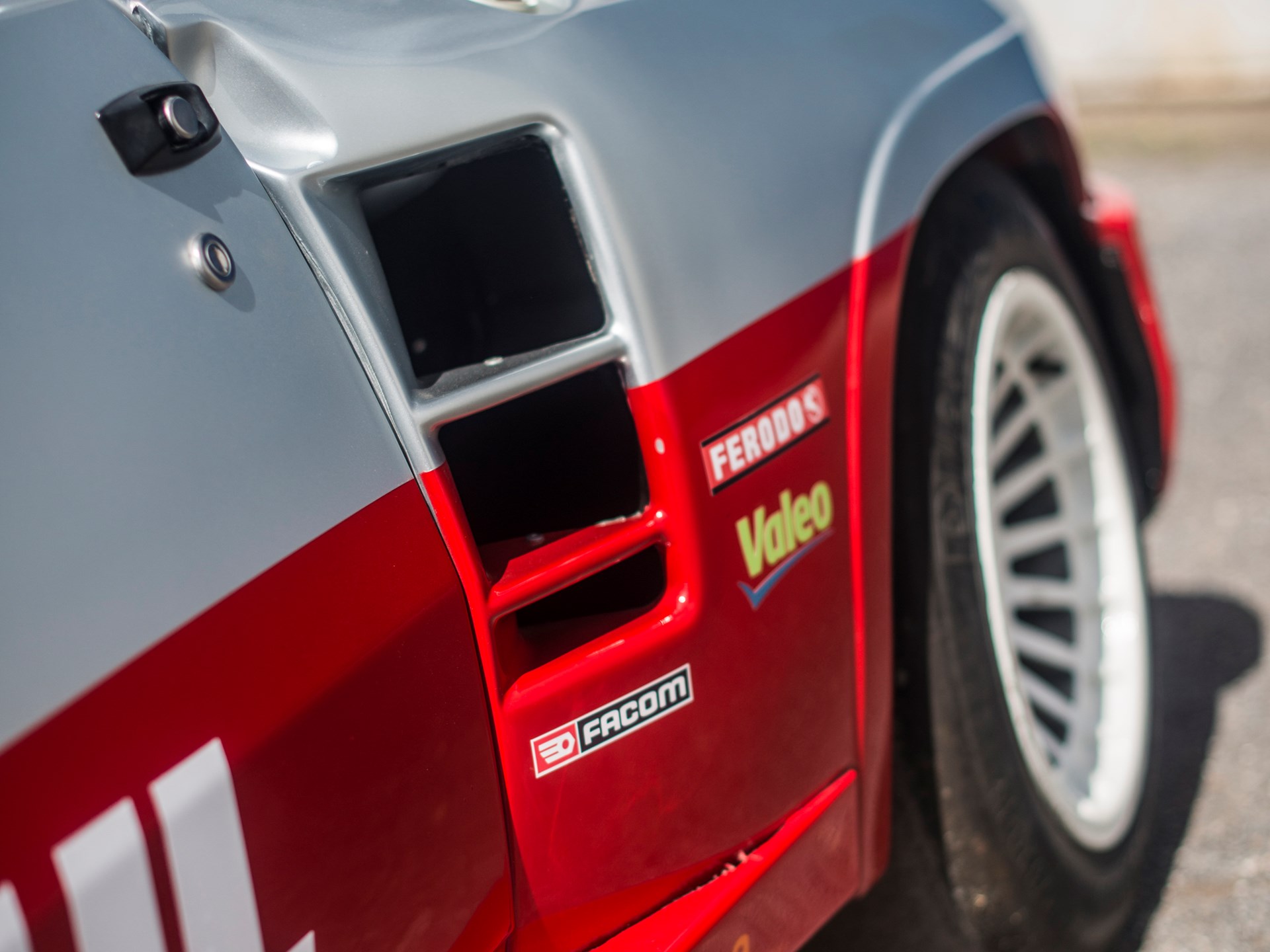The beginning
The Renault R5
turbo was a beast, a rally car that dominated the tight tarmac circuits in the
World Rally Championship (WRC). The small footprint and big power allowed it to
slide around like nobody’s business, the R5 turbo was a replacement for the
Alpine A1 that was outdated and being beaten by the Ferrari powered Lancia
Stratos. The R5 Turbo would leave fans unsettled and in disbelieve about the
cars handling and performance, the R5 would leave the each sharp turn with a
loud bang from the exhaust and would shoot flames in the straight stretches,
the flames and pops pushed the crowd behind the tape.
The little
hatchback borrowed turbo charging technology from formula one, the engine was a
1.4L engine as if it was a 1.5L then it would have been put into a class above
where it would have been the weakest of the lot. The small French hatch could
not have handled the massive 300 bhp from the 4L engine in the year 1972. In
1984 the car would sit on a brand new chassis that had exceptional road holding
and performance, and would accommodate a sports version also.
The revolution
Jean Terramorsi
wanted to develop a rally car using an existing Renault model, the car had to
fit into the group 4 class, the third criteria is that it required very less
modifications. But then the saving grace was Marc Deschamps who came up with
idea of making the humble Renault 5 a mid-engined rally car. Sadly Marc passed
away a year later, but Henry Lherm continued the project. The project was named
project 822 and it took 2 years to develop. The first R5 Turbo was a mish-mash
of various Alpine and Formula One parts. The R5 Turbo was supposed to be based
on a complete tubular frame, instead a hole was made in the back of a R5 Turbo to
fit the engine then the tubular frame was constructed around it. When it came
to fitting the engine and gearbox they had to increase the rear end of the
chassis by 10 inches. The suspension duty was handled by double wishbone
independent suspension, this meant that it had the same wheelbase on both
sides.
 |
| Jean Terramorsi |
The power house
 The 4
engineers had three engine options out of which they chose the 1.4L engine from
the Alpine rally car and fitted it with a huge Garrett T3 turbo borrowed from
Formula One, this engine had a higher compression ration allowing it to produce
13 pounds of boost. The fire breathing monster was cooled by an air to air
intercooler mounted near the rear tail light, giving it that iconic look that
we all remember, the wide squatted stance. The final sketch of the car was
taken care of by Marcello Gandini who designed the Lancia Stratos, Lamborghini
Miura, just to name a few. The production car made 250 bhp, did 0-60mph in 7
sec. The fuel system was Bosch K-Jetronic system which was not the best as it
was only a 2 valve system. The R5 Turbo was the fastest French production car
of its time. R5 turbo would later also
receive the option of converting the production car to a rally car with the
help of a kit sold by Renault. The R5 Turbo came to a halt using ventilated
disc brakes on all four corners.
The 4
engineers had three engine options out of which they chose the 1.4L engine from
the Alpine rally car and fitted it with a huge Garrett T3 turbo borrowed from
Formula One, this engine had a higher compression ration allowing it to produce
13 pounds of boost. The fire breathing monster was cooled by an air to air
intercooler mounted near the rear tail light, giving it that iconic look that
we all remember, the wide squatted stance. The final sketch of the car was
taken care of by Marcello Gandini who designed the Lancia Stratos, Lamborghini
Miura, just to name a few. The production car made 250 bhp, did 0-60mph in 7
sec. The fuel system was Bosch K-Jetronic system which was not the best as it
was only a 2 valve system. The R5 Turbo was the fastest French production car
of its time. R5 turbo would later also
receive the option of converting the production car to a rally car with the
help of a kit sold by Renault. The R5 Turbo came to a halt using ventilated
disc brakes on all four corners. 
The final iteration
In 1985 a
change in the WRC suspension regulation meant that the car now was heavier and
hence the 1.4L was swapped with the 1.5L, it was named the Renault Maxi
Turbo. The engine now pumped out 386bhp T31 turbocharger,
five-speed Renault Sport close-ratio manual transmission, and ZF limited-slip
differential. The new WRC regulations lead the R5 turbo to having an increased
suspension travel. The car now had a larger front air dam as well. By this time
the Audi Quattro had caught up and the R5 turbo could not keep up with the
all-wheel drive monster, meaning that the 1985 season was the last racing
season for Renault in WRC. Renault would still take part in other smaller rallies.
| Maxi R 5 Turbo |
The end
In the end we saw what a really hot hatchback was supposed to
be, and it showed other mid-engined cars the correct way to take corners that
is to slide the entire way with the tail sticking out, and huge anti lag flames.
We car enthusiasts will miss cars like the R5 Turbo, but it paved the way for
other hot-hatches from Renault. At a recent auction a Maxi Turbo sold for
360,000 pounds, and a R5 Turbo 2 sold for 69,000 pounds. The R5 turbo is a car
that is going up in value and is already a collector’s car.






Good information with a pinch of technicalities brought into the write up. It makes the information shared year a wholesome package.
ReplyDeleteIt is rather disappointing to see Renault wither away after this great show with their hatch back.